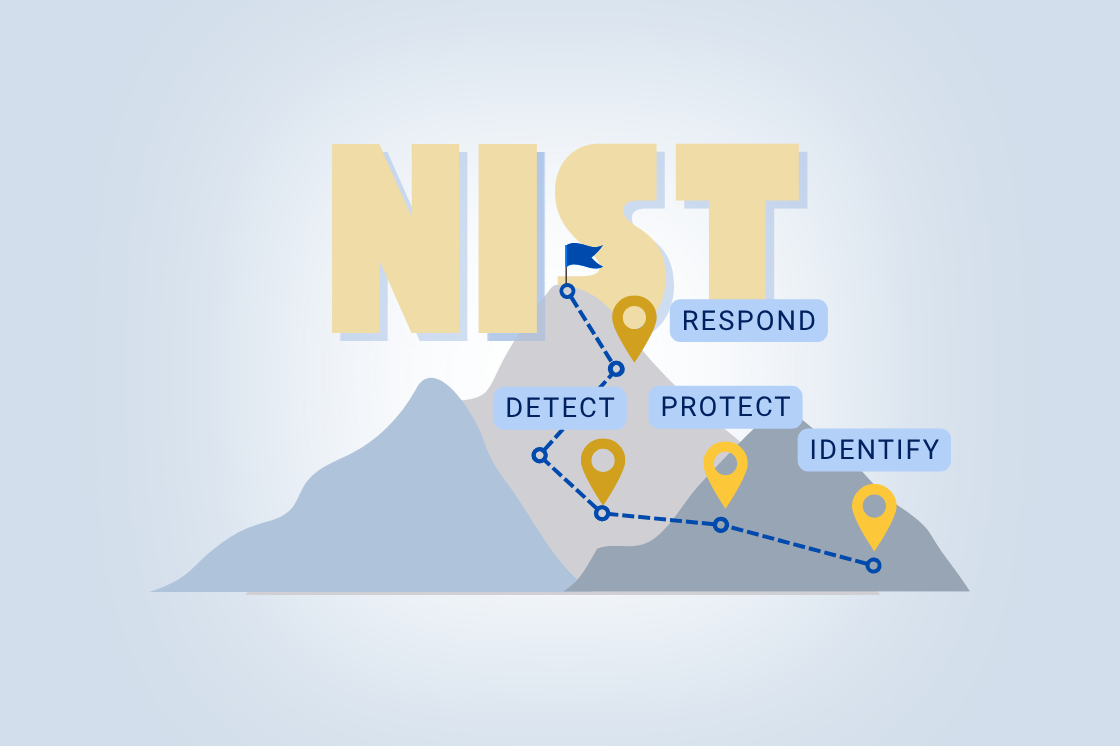Summiting Cybersecurity with the NIST CSF: Recover with Strength
Even the best summit teams plan for setbacks. Recovery isn’t just about getting back to normal — it’s about coming back stronger. In cybersecurity, resilience is measured by how quickly and effectively an organization can restore operations after an incident.
“Resilience isn’t the absence of disruption — it’s the ability to recover with purpose.”
In our last article, we explored how the Respond Function activates response plans to contain threats in real time. But response alone isn’t enough. The Recover Function is what stabilizes the path forward.
This sixth leg of our cybersecurity ascent focuses on the Recover Function in NIST CSF 2.0 — where damaged systems are restored, trust is rebuilt, and operations resume with confidence.
What Is NIST CSF: Recover
The Recover Function ensures that organizations can restore assets, operations, and services impacted by a cybersecurity incident. It emphasizes structured recovery planning, verification, and communication to minimize business disruption.
Key questions it helps answer:
- How do we restore operations safely and efficiently?
- What’s the criteria for declaring recovery complete?
- How do we communicate recovery status to stakeholders?
Recover in Practice: Two Core Categories
NIST CSF 2.0 defines two outcome categories under Recover:
1. Incident Recovery Plan Execution (RC.RP)
Are we ready to execute recovery plans after an incident?
Business value: Ensures continuity, minimizes uncertainty, and restores operations with integrity.
Key outcomes include:
- Executing the recovery phase of incident response plans
- Scoping and prioritizing recovery activities
- Verifying backup integrity and restored asset functionality
- Considering mission impact and operational norms
- Declaring recovery completion and finalizing documentation
2. Incident Recovery Communication (RC.CO)
Are we communicating progress clearly during recovery?
Business value: Builds transparency, maintains stakeholder trust, and prevents confusion.
Key outcomes include:
- Updating internal and external stakeholders on recovery progress
- Sharing approved public communications to manage perception and maintain confidence
How Recover Enhances Operational Resilience
The Recover Function brings stability to disruption. It restores critical operations, validates the integrity of systems, and confirms that the business is ready to resume full activity.
Effective recovery:
- Accelerates return to normal operations
- Reinforces stakeholder confidence through clear communication
- Validates readiness before resuming business as usual
The Executive Perspective
Recovery as a Strategic Discipline
Recovery is not just a technical task — it’s an executive responsibility. Business leaders must ensure that recovery efforts align with strategic priorities, risk appetite, and regulatory expectations.
For executives, the Recover Function:
- Demonstrates resilience and operational maturity
- Enables informed decision-making during restoration
- Supports compliance with continuity and disclosure requirements
The Risk of Under-Recovering
Organizations that fail to prioritize recovery may face:
- Prolonged downtime due to poor planning
- Loss of stakeholder trust from unclear communication
- Incomplete restoration that exposes future vulnerabilities
Key Takeaways
- Recovery must be strategic, not reactive
- Verification and communication are essential to full recovery
- Recovery is where resilience becomes visible to the business
Final Thought: Rebuild with Strength
Recovery isn’t just about restoring what was lost. It’s about restoring confidence, validating readiness, and emerging stronger. The Recover Function is your basecamp — where stability returns and the next climb begins.
Next in the Series:
Summiting Cybersecurity with the NIST CSF: Govern with Purpose
How do you align cybersecurity priorities with business strategy and accountability?
About This Series
Summiting Cybersecurity with the NIST CSF is a 7-part executive journey through the critical stages of cybersecurity resilience. Like climbing a mountain, cybersecurity success requires careful planning, preparation, and step-by-step execution. Guided by the NIST Cybersecurity Framework (CSF) 2.0, this series breaks down complex security principles into plain English — helping leaders understand not just what to do, but why it matters for business resilience and growth.


